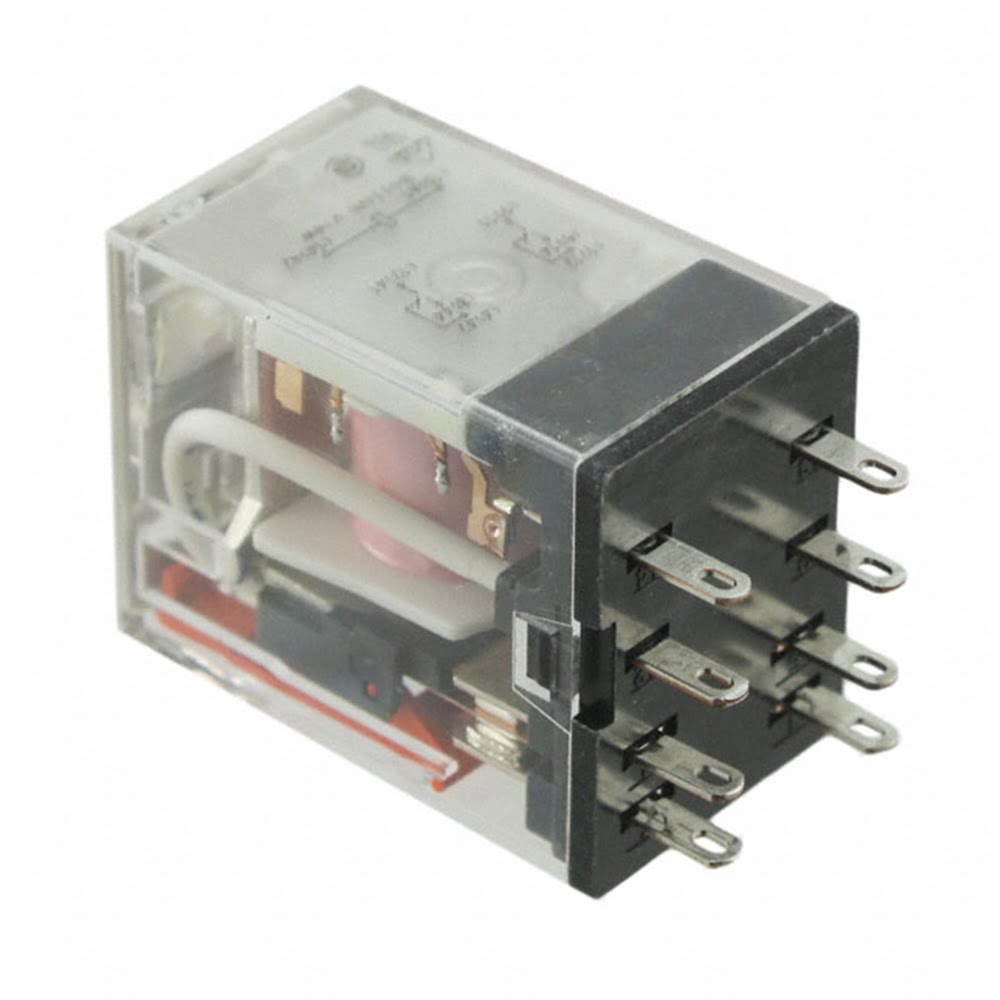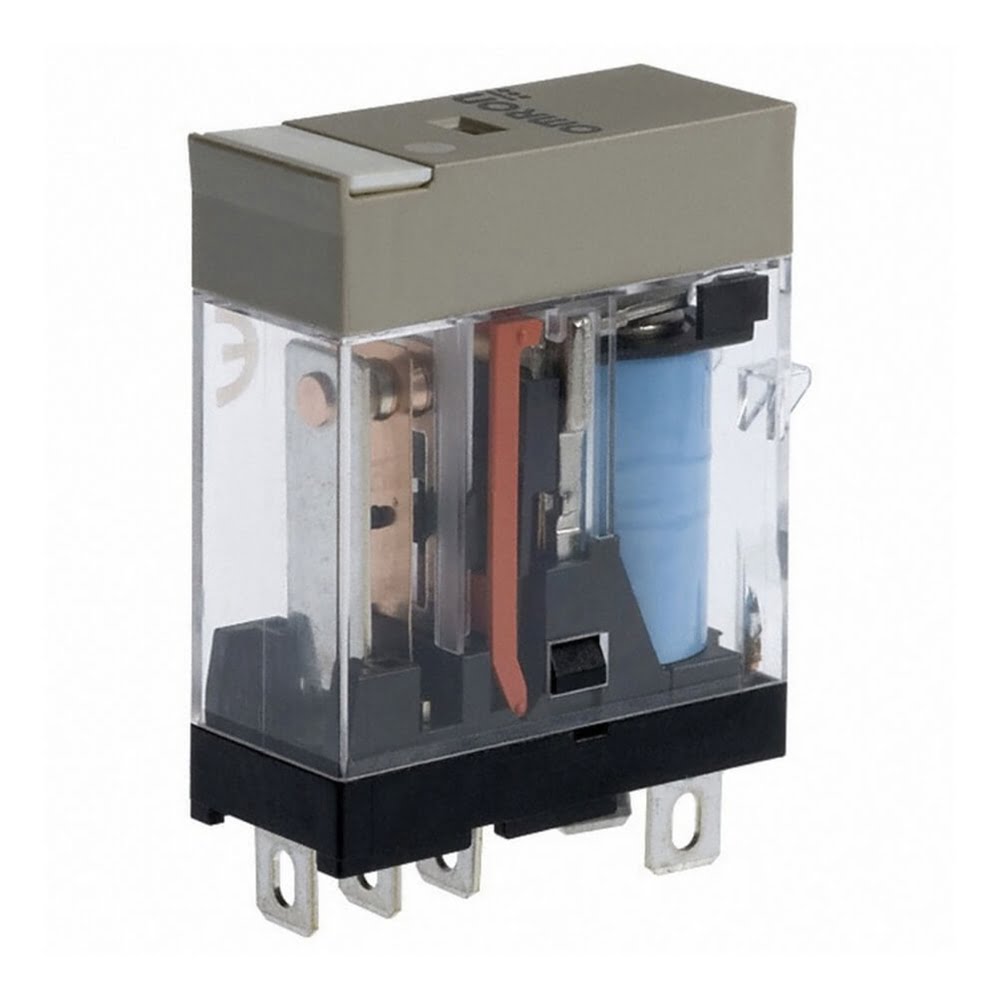Description
ALLEN-BRADLEY 1783-NATR
5 Steps for Setting up your ALLEN-BRADLEY 1783-NATR
One of the first steps in setting up your 5 is to carefully unpack and inspect the hardware to make sure everything is included and in good condition. This step may seem obvious, but it’s important to ensure that you have all of the necessary components and that nothing has been damaged during transportation.
When unpacking your ALLEN-BRADLEY 1783-NATR5, be sure to check that all parts are accounted for, including the device itself, the power supply, and any cables or accessories that are required for the installation. Look for any signs of damage, such as cracked casings or bent connectors, that could affect the performance of the device.
Inspecting your hardware before installation is essential for ensuring that your ALLEN-BRADLEY 1783-NATR5 operates smoothly and effectively. By taking the time to carefully check your components for damage, you can avoid potential issues down the line and ensure that your network runs smoothly from the start.
Step 2: Install the Network Adapter
If you have received your ALLEN-BRADLEY 1783-NATR5 and have carefully inspected the hardware, it is time to move on to the next step. Step 2 involves installing the network adapter onto the device you want to connect to the network. This can be done by following the instructions provided in the user manual.
Before installing the network adapter onto the device, make sure that it is powered off and unplugged from the power source. Once this is done, locate the appropriate slot on the device where the network adapter will be installed. Carefully insert the adapter into the slot until it clicks into place.
Once the network adapter is securely in place, power on the device and follow the instructions in the user manual to complete the installation process. These instructions may include installing any necessary drivers or software to ensure that the device can communicate with the network adapter.
It is important to note that the installation process may vary depending on the type of device you are connecting to the network. Be sure to consult the user manual for specific instructions on how to install the network adapter onto your device.
Overall, installing the network adapter onto your device is a crucial step in setting up your ALLEN-BRADLEY 1783-NATR5. By following the instructions carefully and ensuring that the adapter is securely installed, you can ensure that your device is ready to communicate with the DeviceNet network.
Step 3: Configure the Network Adapter Settings
To configure the network adapter settings, you will need to use the DeviceNet Configurator software. This software will allow you to set up the IP address and subnet mask for your network adapter. You should have received installation instructions for this software with your ALLEN-BRADLEY 1783-NATR5.
Once you have installed and opened the DeviceNet Configurator, you will need to select the ALLEN-BRADLEY 1783-NATR5 from the list of available network adapters. From here, you will be able to configure the IP address and subnet mask settings for your device.
It is important to ensure that these settings are configured correctly, as they will determine how the device communicates with the rest of the network. If you are unsure of how to configure these settings, consult the user manual or seek assistance from a qualified technician.
Once you have configured the network adapter settings, be sure to save the changes before exiting the DeviceNet Configurator. With the correct settings in place, your ALLEN-BRADLEY 1783-NATR5 should now be ready to connect to the network.
Step 4: Connect to the Network
To connect the ALLEN-BRADLEY 1783-NATR5 to the DeviceNet network, you will need a standard DeviceNet cable. First, locate the DeviceNet port on the device and plug one end of the cable into it. Then, locate the DeviceNet network and plug the other end of the cable into it.
If you have multiple devices to connect, you can use a DeviceNet daisy chain configuration. In this setup, a single cable is used to connect multiple devices in a series. Simply plug one end of the cable into the first device’s DeviceNet port, and then plug the other end into the second device’s port. Repeat this process for all devices until the last device is connected to the network.
Once the ALLEN-BRADLEY 1783-NATR5 is connected to the DeviceNet network, you can use it to communicate with other devices on the network. You can now access and control the device remotely using the network, allowing for greater flexibility and convenience.
It is important to ensure that all connections are secure and properly configured before testing the network. You can use the DeviceNet Configurator software to double-check the settings and troubleshoot any issues that arise. With a bit of patience and attention to detail, you can easily set up your ALLEN-BRADLEY 1783-NATR5 and start using it to enhance your network communications.
Step 5: Test Your Connection
After setting up and configuring your ALLEN-BRADLEY 1783-NATR5, it is important to test your connection to ensure that everything is working properly. In order to do this, you can use the DeviceNet Configurator software to test your connection and verify that the device is properly communicating with the network.
You can also use the diagnostic tools provided by ALLEN-BRADLEY to troubleshoot and resolve any issues you may encounter during the testing process. These tools include a DeviceNet scanner, network analyzer, and firmware upgrade utility.
If you do encounter any problems or issues during the testing process, it is important to consult the user manual or contact the manufacturer for assistance. They can provide you with additional troubleshooting tips and advice to help you get your ALLEN-BRADLEY 1783-NATR5 up and running smoothly.
Overall, testing your connection is an important step in the setup process for your ALLEN-BRADLEY 1783-NATR5. By ensuring that everything is working properly, you can avoid potential issues and maintain a reliable and secure network connection.
1783-NATR ALLEN-BRADLEY

ALLEN-BRADLEY 1783-NATR









macintosh –